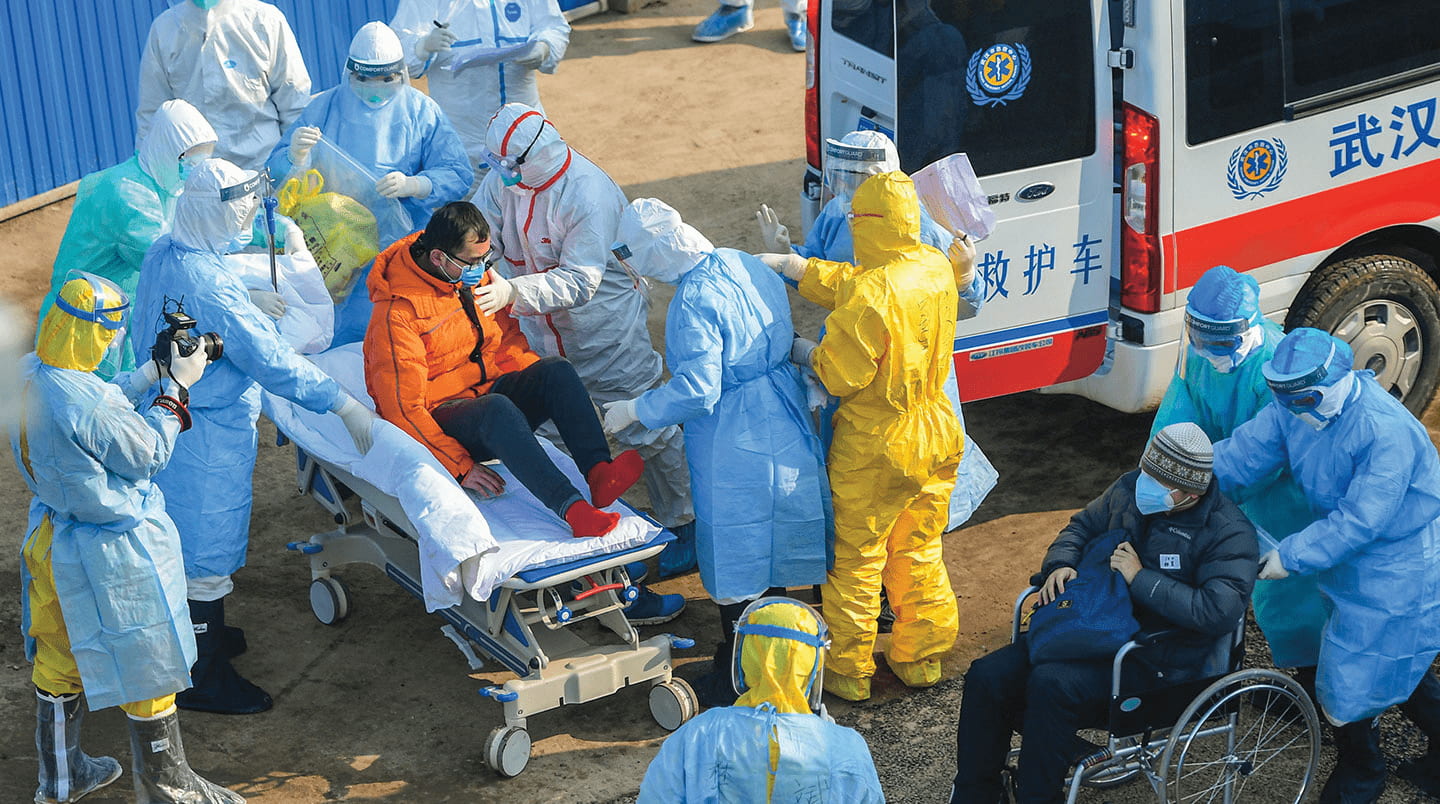Jim McMahon/Mapman®
The world is facing a new health crisis: a virus that—as of mid-March—has infected more than 124,000 people, mainly in China. A type of coronavirus, it has spread to at least 108 countries and killed more than 4,500 people worldwide.
On March 11, the World Health Organization declared the virus a pandemic. A pandemic is an outbreak that spreads quickly and affects many people in different areas around the globe. More than 1,000 cases of the virus have now been reported in the United States, and officials say there will likely be more.
U.S. health experts say states, communities, and hospitals should be prepared to contain and treat the coronavirus. They are encouraging people to stock up on food, medicine, and other common household supplies to avoid having to go out for them in case a local outbreak occurs.
Health officials stress that Americans shouldn’t panic, because the chance of contracting the virus in the U.S. is believed to be low. Also, experts say the vast majority of cases are mild. They say Americans should take common, everyday precautions for preventing illnesses, such as frequent handwashing (see our tips below), as they go about their daily lives. Still, experts warn, this outbreak demonstrates just how fast and far viruses can spread. They say a virus more dangerous than this coronavirus could one day cause a hugely destructive pandemic.
The risk of a devastating pandemic has grown as the world has become increasingly connected by travel. Just months before the coronavirus outbreak in China, a group of global health experts issued a warning that the emergence of a highly contagious disease could kill 50 million to 80 million people worldwide.
“We live in a global society where an illness that’s in one place today can be everywhere tomorrow,” says Michael Osterholm, a public health security expert.

